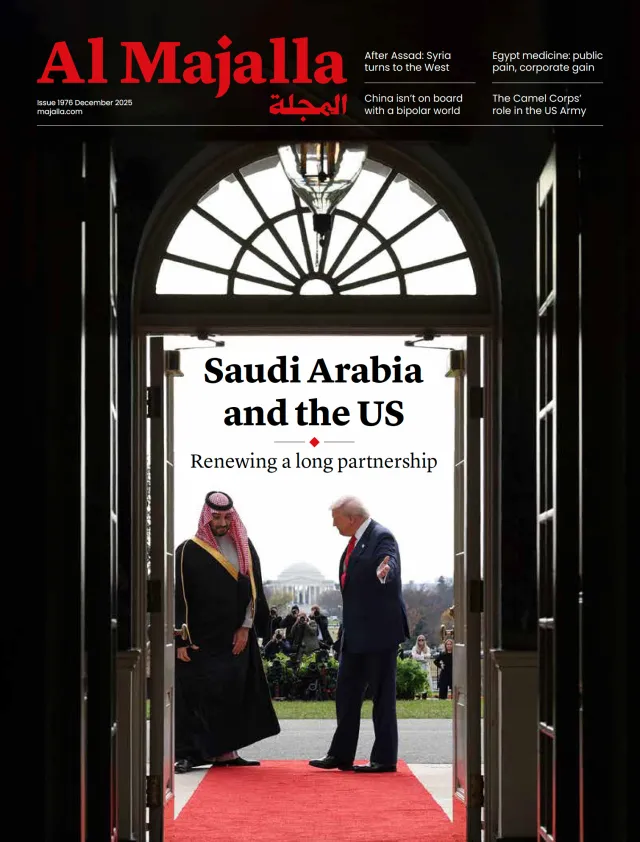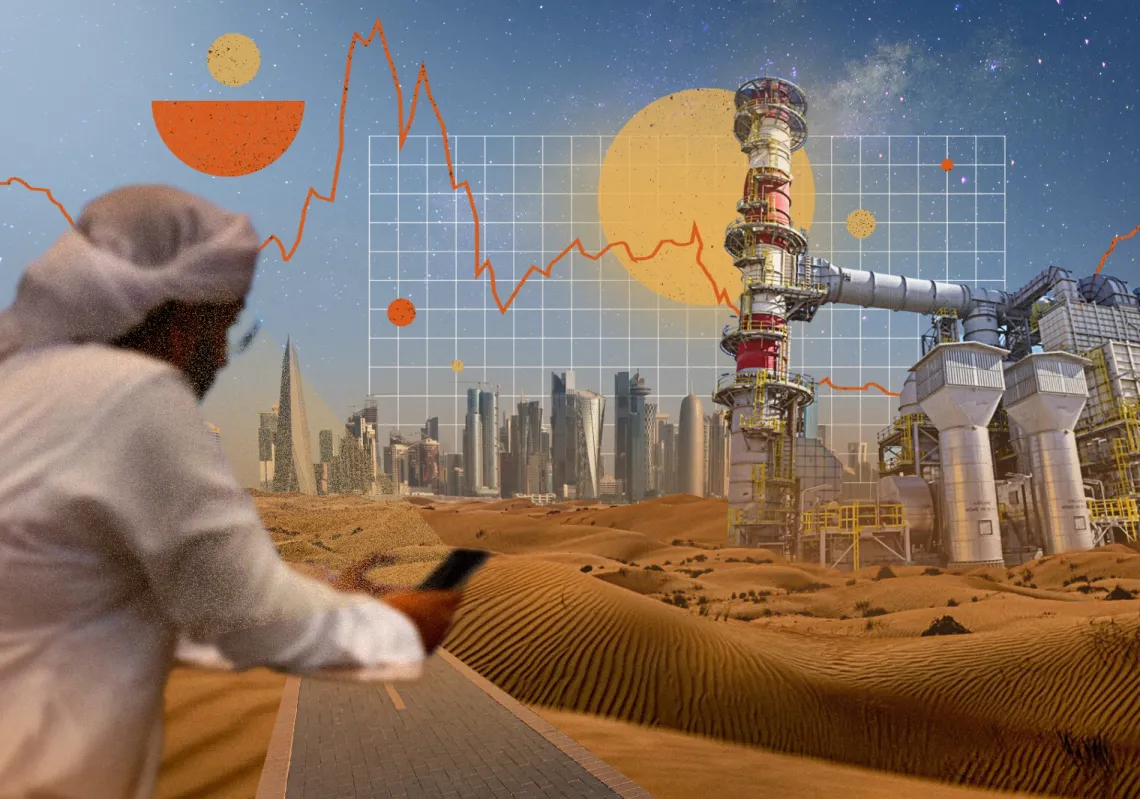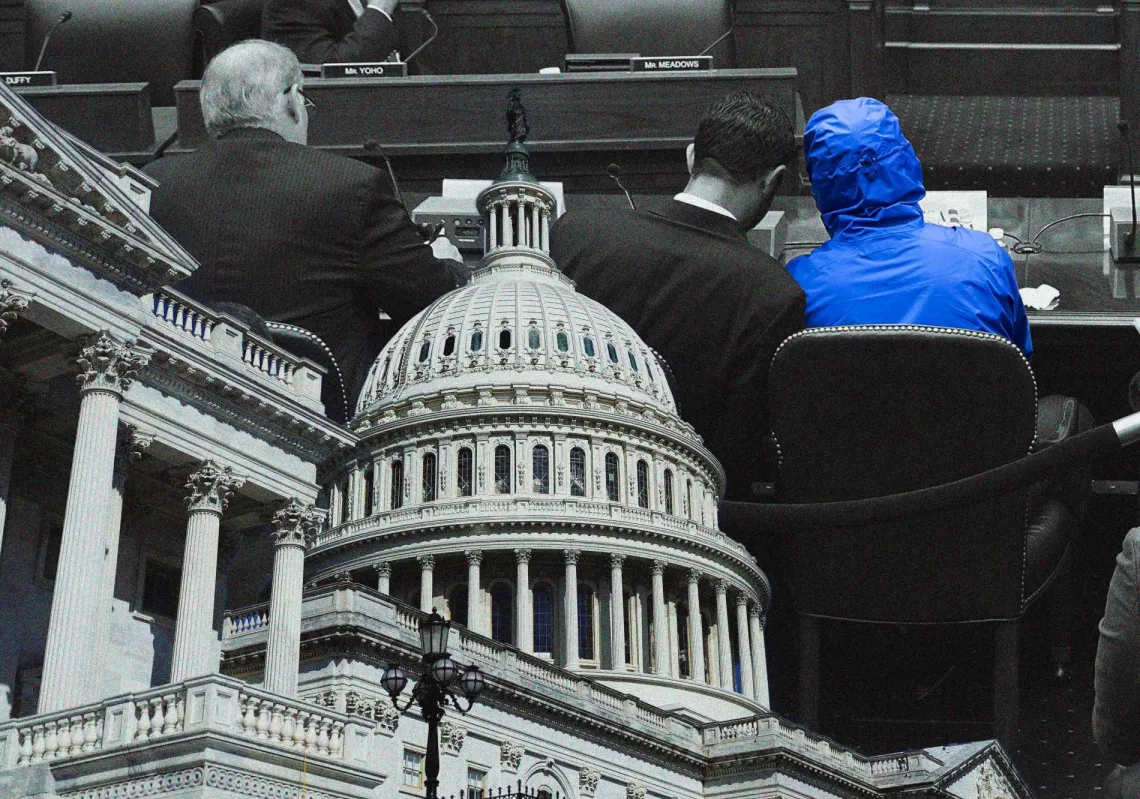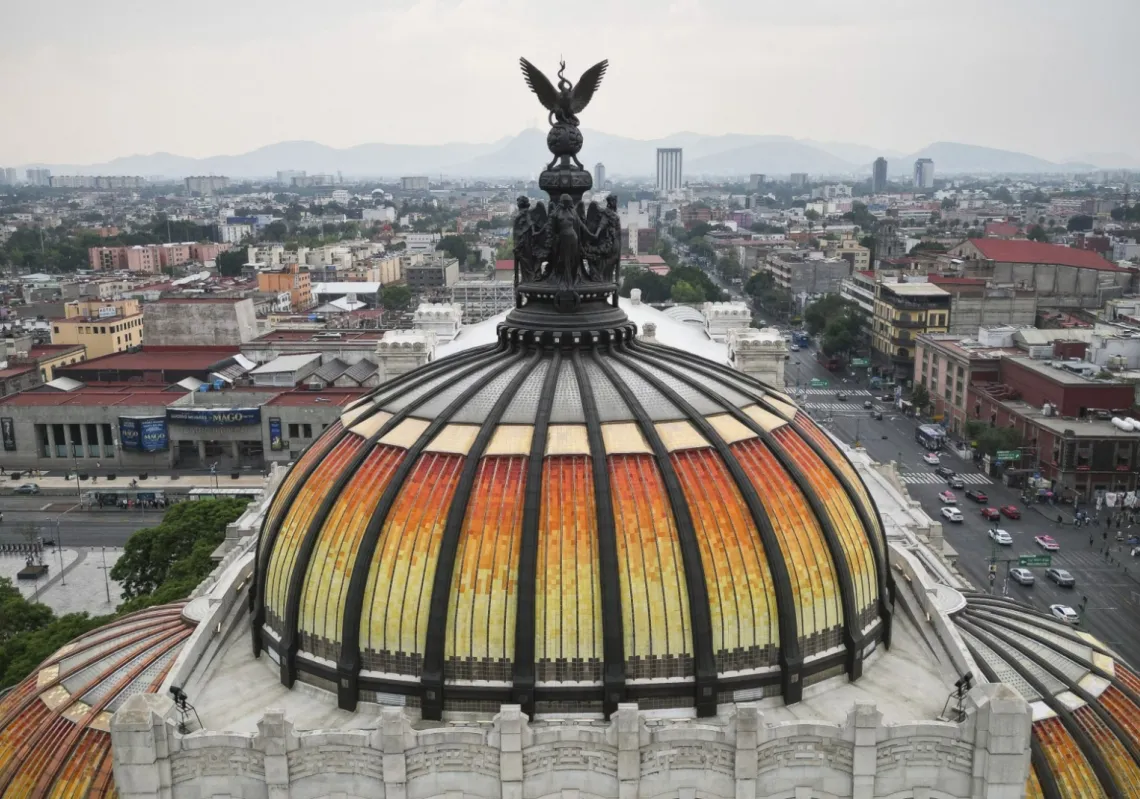The work of one of Egypt’s most celebrated novelists could soon find a new audience if a major initiative, Naguib Mahfouz Illustrated, succeeds in reimagining his books as graphic novels.
An adaptation of The Thief and the Dogs released by Diwan, Mahfouz’s publisher, in partnership with Al-Mahrousa, is a promising start. It tells the story through the rich, filmic illustrations which have made the art form popular with younger readers around the world, while it remains rare on the publishing scene of the Arab World.
Mahfouz’s literary universe has already been adapted to cinema, television, theatre, and the visual arts. This latest project aims to breathe new life into it via a new genre, often still referred to as “comics”.
A faithful adaptation
Readers familiar with the original novel will not feel alienated by this retelling. Scripted by Mohamed Ismail Amin and illustrated by artists Migo and Jamal Qubtan, the adaptation remains resolutely faithful to Mahfouz’s original in both language and narrative structure.
The graphic novel preserves the voice of the external narrator, incorporating meaningful excerpts from the source text as captioned narration that frames the visual storytelling. Dialogue between characters is rendered with equal care, maintaining the essence of Mahfouz’s literary voice throughout.
This sense of familiarity, however, does not dilute the boldness of the work’s engagement with a text long enshrined in the cultural canon, not only for its literary value but also for the potent visual legacy established by Kamal El-Sheikh’s acclaimed 1962 film adaptation, released just a year after the novel.
Published as a 128-page, mid-sized volume, closely mirroring the original novel’s 120 pages, the adaptation is in black and white throughout. It takes care to uphold the integrity of the original as a concise and tightly woven narrative.












